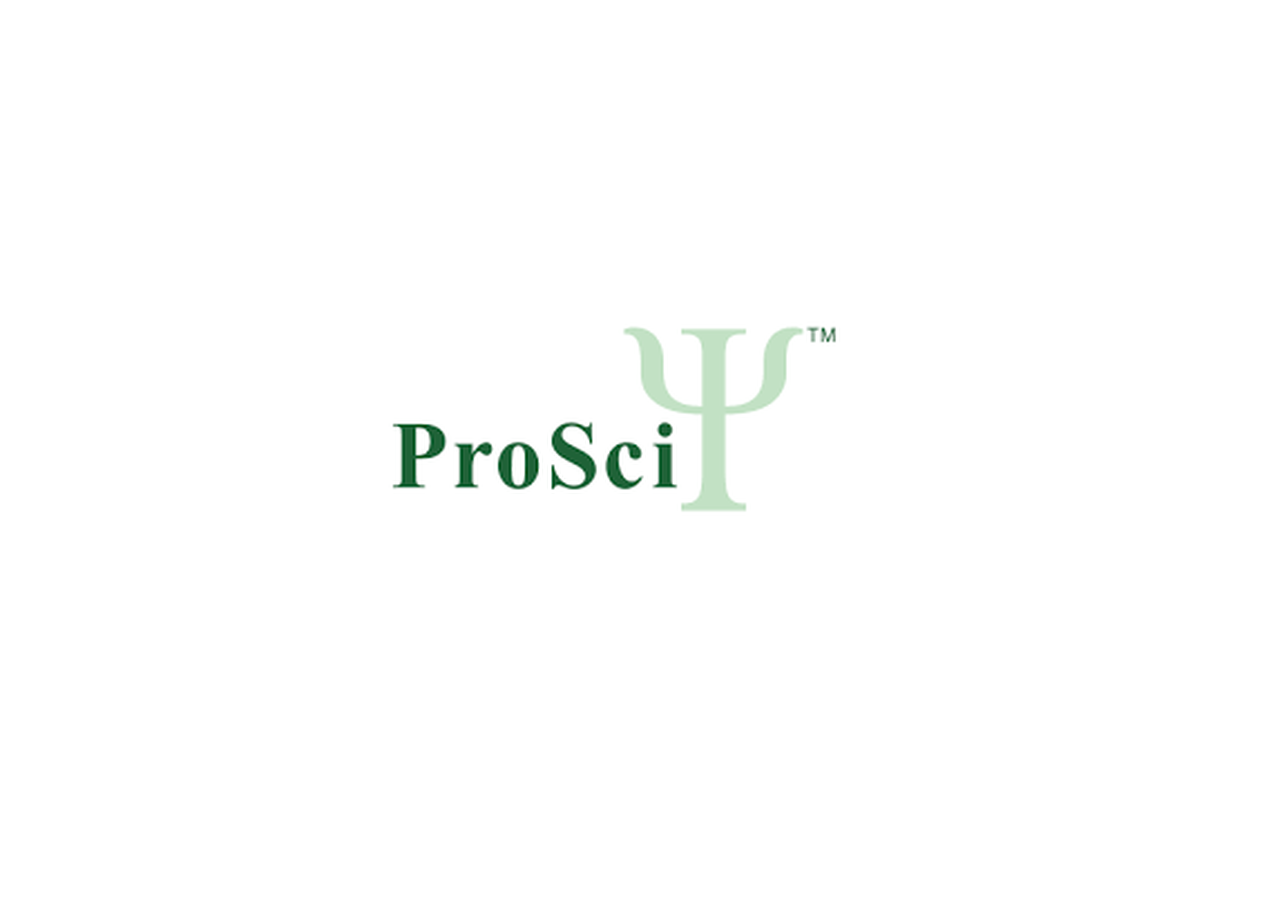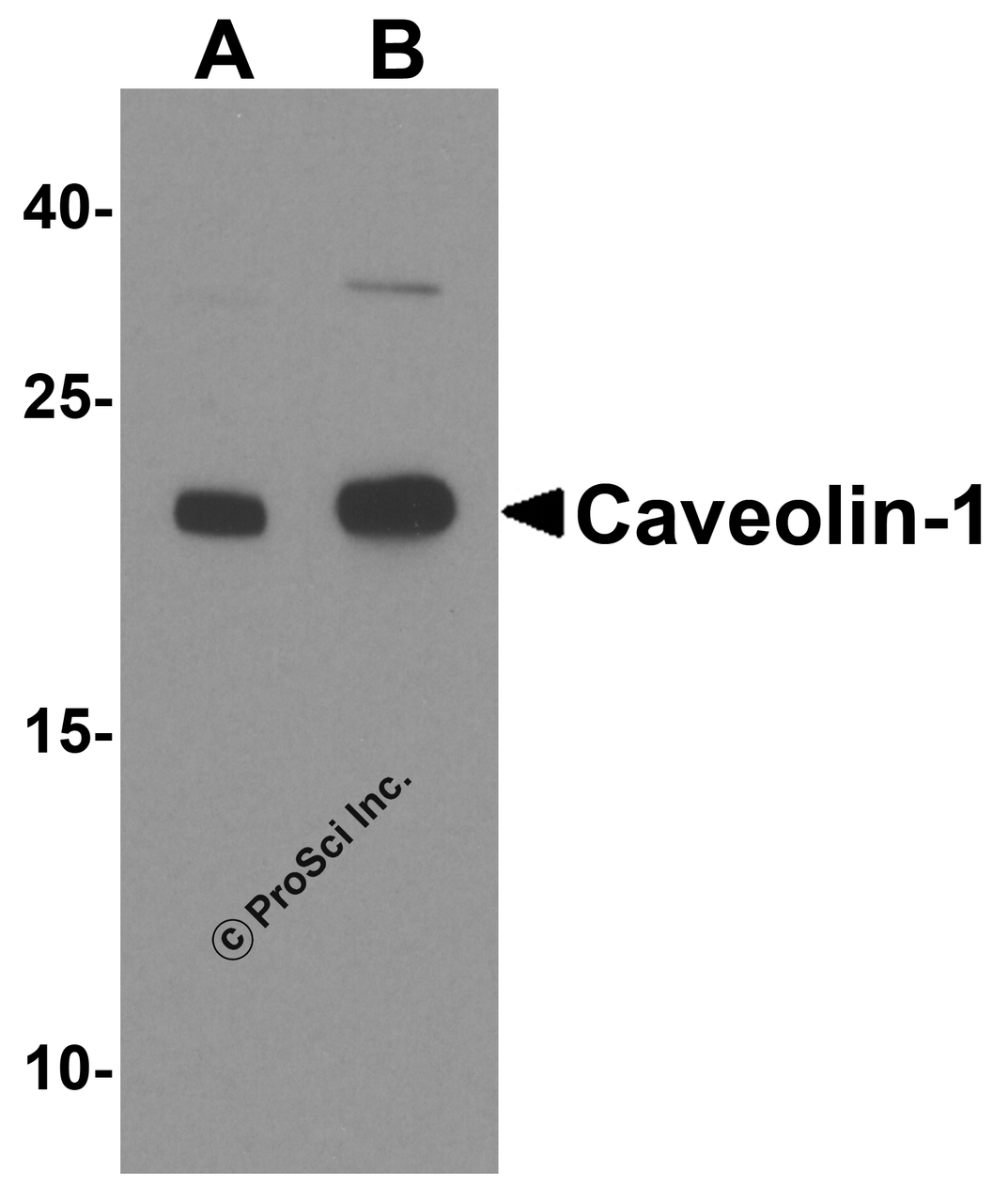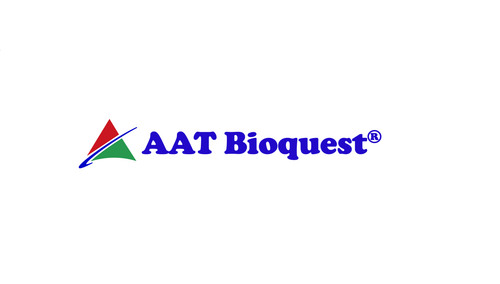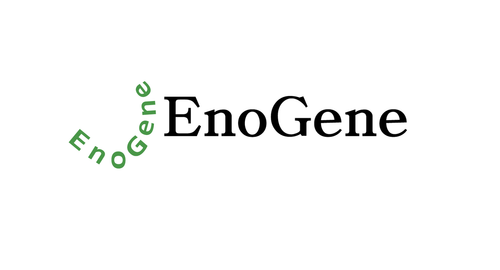Product Description
Caveolin-1 Antibody | 8219 | ProSci
Host: Rabbit
Reactivity: Human, Mouse, Rat
Homology: Predicted species reactivity based on immunogen sequence: Rabbit: (100%) , Horse: (100%) , Sheep: (100%) , Bovine: (100%) , Pig: (100%) , Chicken: (88%)
Immunogen: Caveolin-1 antibody was raised against a peptide corresponding to 18 amino acids near the amino terminus of human Caveolin-1.
Research Area: Signal Transduction, Cancer, Cell Cycle
Tested Application: E, WB
Application: Caveolin-1 antibody can be used for detection of Caveolin-1 by Western blot at 1 - 2 μg/ml.
Antibody validated: Western Blot in human samples. All other applications and species not yet tested.
Specificiy: At least two isoforms of Caveolin-1 are known to exist; this antibody will detect only the largest isoform.
Positive Control 1: Cat. No. 1302 - Human Lung Tissue Lysate
Positive Control 2: N/A
Positive Control 3: N/A
Positive Control 4: N/A
Positive Control 5: N/A
Positive Control 6: N/A
Molecular Weight: Predicted: 20 kDa
Observed: 21 kDa
Validation: N/A
Isoform: N/A
Purification: Caveolin-1 Antibody is affinity chromatography purified via peptide column.
Clonality: Polyclonal
Clone: N/A
Isotype: IgG
Conjugate: Unconjugated
Physical State: Liquid
Buffer: Caveolin-1 Antibody is supplied in PBS containing 0.02% sodium azide.
Concentration: 1 mg/mL
Storage Condition: Caveolin-1 antibody can be stored at 4˚C for three months and -20˚C, stable for up to one year. As with all antibodies care should be taken to avoid repeated freeze thaw cycles. Antibodies should not be exposed to prolonged high temperatures.
Alternate Name: Caveolin-1 Antibody: Caveolin-1, BSCL3, CGL3, LCCNS, MSTP085, PPH3, VIP21
User Note: Optimal dilutions for each application to be determined by the researcher.
BACKGROUND: Caveolin-1 Antibody: Caveolin-1 is a scaffolding protein that is the main component of the caveolae plasma membranes found in most cell types (1) . The protein links integrin subunits to the tyrosine kinase FYN, an initiating step in coupling integrins to the Ras-ERK pathway and promoting cell cycle progression (2) . The gene is a tumor suppressor gene candidate and a negative regulator of the Ras-p42/44 mitogen-activated kinase cascade (3) . Mutations in this gene have been associated with Berardinelli-Seip congenital lipodystrophy (4) .
 Euro
Euro
 USD
USD
 British Pound
British Pound
 NULL
NULL










